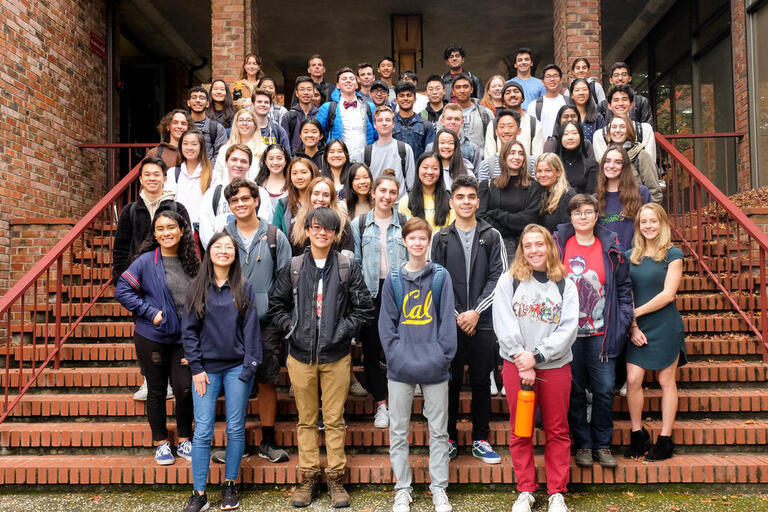The Creative Discovery Fellows curriculum appeals to faculty interested in developing and implementing a well-structured, meaningful creative assignment. These resources are based in the anti-racist and student-centered philosophy of the CDF program and are designed around a set of "premises" underlying our four phases of development to help instructors teach storytelling and navigate pedagogy, technology, and student learning.
For information about support available for individual instructors, please email cd-fellows@berkeley.edu.




